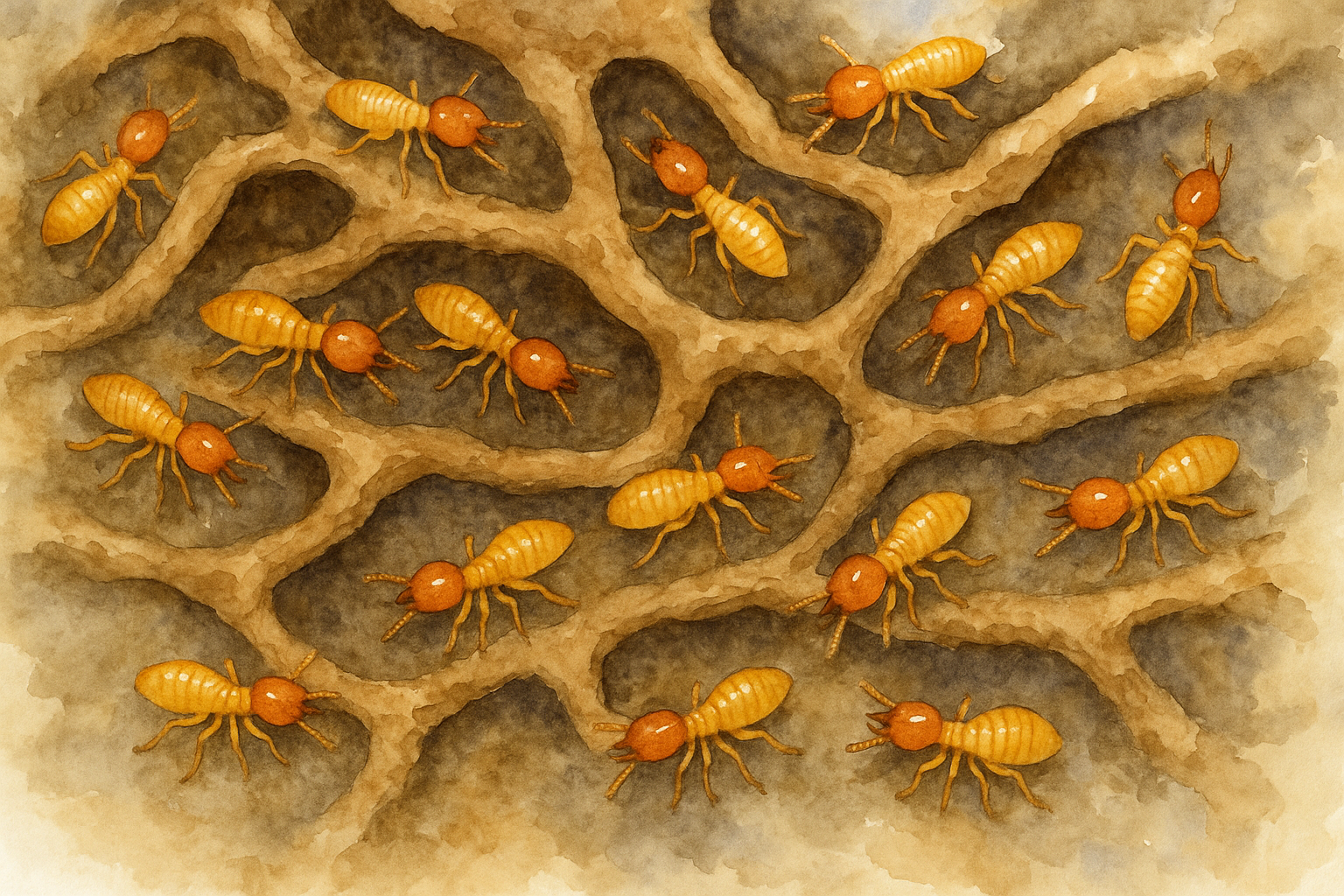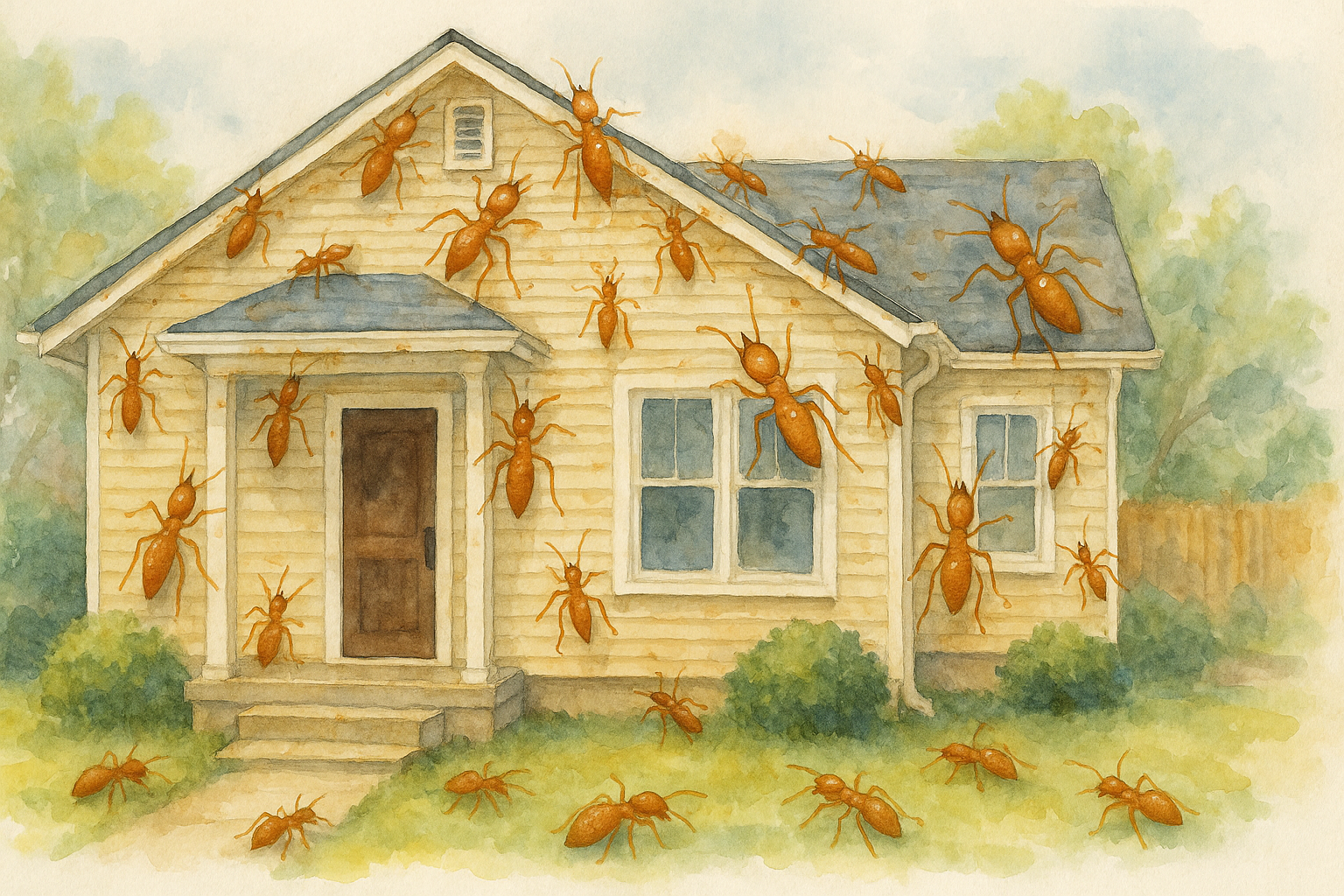The Bite of the Black Widow: A Journey Through the Body
The Western Black Widow (Latrodectus hesperus), a small and elusive creature, is both feared and misunderstood. Despite its fearsome reputation, this shy spider rarely seeks human interaction. But when cornered or provoked, it delivers a potent bite—one that sets in motion a fascinating, albeit painful, cascade of biological reactions.

The Moment of the Bite
Picture a warm evening, perhaps in a quiet garden shed or the undisturbed corner of a basement, where a human hand reaches unknowingly into the web of the Black Widow. In a flash, the spider strikes, injecting its venom through its tiny fangs—delivering an amount no larger than the head of a pin. Yet within this minuscule droplet lies a potent neurotoxin, latrotoxin, one of the most powerful venoms in the animal kingdom.
The bite itself may go unnoticed at first, a mere pinprick or stinging sensation. But the effects of the venom will soon begin to make themselves known.
Within Minutes: Localized Pain and Swelling
As the venom spreads from the bite site, the body's initial response is localized. A sharp, burning pain starts to radiate from the bite, and a small, red swelling may appear. It is at this moment that the venom, now infiltrating the tissue, begins its true work.
The Black Widow's venom contains neurotoxins designed to attack the nervous system, specifically targeting the communication between nerve cells and muscles. The venom disrupts the release of neurotransmitters—chemical messengers that control muscle contractions—causing a range of symptoms far beyond the initial bite site.
The Hour After: Muscular Cramping
Soon, the effects of the venom begin to spread throughout the body. Within an hour, muscles around the bite site start to cramp. This is only the beginning. As the venom disperses through the bloodstream, muscle cramping can extend to the chest, abdomen, back, and legs.
These cramps are not mere discomfort. They are deep, unrelenting spasms, often described as feeling similar to a severe case of muscle overexertion. The venom triggers a chain reaction, causing nerve endings to fire uncontrollably, leading to spasms and stiffness in the muscles—sometimes even mimicking the symptoms of a heart attack.
Two to Three Hours Later: Systemic Effects
As time passes, the neurotoxin continues its journey through the nervous system, and the body’s response intensifies. The autonomic nervous system, responsible for controlling involuntary functions such as breathing and heart rate, begins to falter. Symptoms can now include rapid heartbeat, difficulty breathing, sweating, and elevated blood pressure. Some may experience nausea, vomiting, or dizziness.
At this stage, the body is in a state of heightened alert, fighting against the venom’s assault. While the toxin itself is not directly lethal in most cases, the body's reactions to it—particularly the severe pain and cramping—can be overwhelming.
Six to Twelve Hours Later: The Peak
The effects of a Black Widow’s bite typically reach their peak within six to twelve hours. By now, the venom has fully saturated the body’s systems. The individual may experience severe, radiating pain, which could lead to anxiety, restlessness, or even tremors. Some describe it as waves of agony, as if the body were gripped in a powerful, invisible vice.
However, while the pain is intense, it is important to note that the venom is rarely fatal to healthy adults. It is children, the elderly, and those with compromised immune systems who are most at risk.
The Following Days: Gradual Recovery
For most victims, the worst of the symptoms will begin to subside after 24 hours. Yet, the recovery from a Black Widow bite is often slow. Over the course of the next few days, the muscle cramps and systemic symptoms will gradually wane, though residual soreness and fatigue can linger for several weeks.
Medical intervention, such as antivenom or pain management, may be necessary in severe cases. Modern treatments are effective, and fatalities are exceedingly rare—thanks to both medical advances and the spider’s generally non-aggressive nature.
Conclusion
The bite of a Black Widow spider is a fascinating example of nature’s ingenuity, wielding a venom designed to incapacitate far larger creatures than itself. Although this spider’s bite can send the human body into painful turmoil, it rarely results in lasting harm. It is a reminder of the delicate balance between humans and the creatures with whom we share our world—a balance that, despite the fear it evokes, rarely tips too far in the spider’s favor.
In the grand scheme of things, we are but brief visitors in their web-spun world. And in truth, the Black Widow would much rather retreat to the shadows than strike out at the giants who unknowingly invade its domain.
Contact Today For $100 Off Your Initial Service!
⭐⭐⭐⭐⭐
Backed by our Bigfoot Guarantee!
What Customers Are Saying:
"Everyone from Bigfoot is awesome. They are always on time. They're extremely thorough. I've not had a single issue in the two years they have been treating our home. Well worth it!"
T. Potter | Meridian, ID






